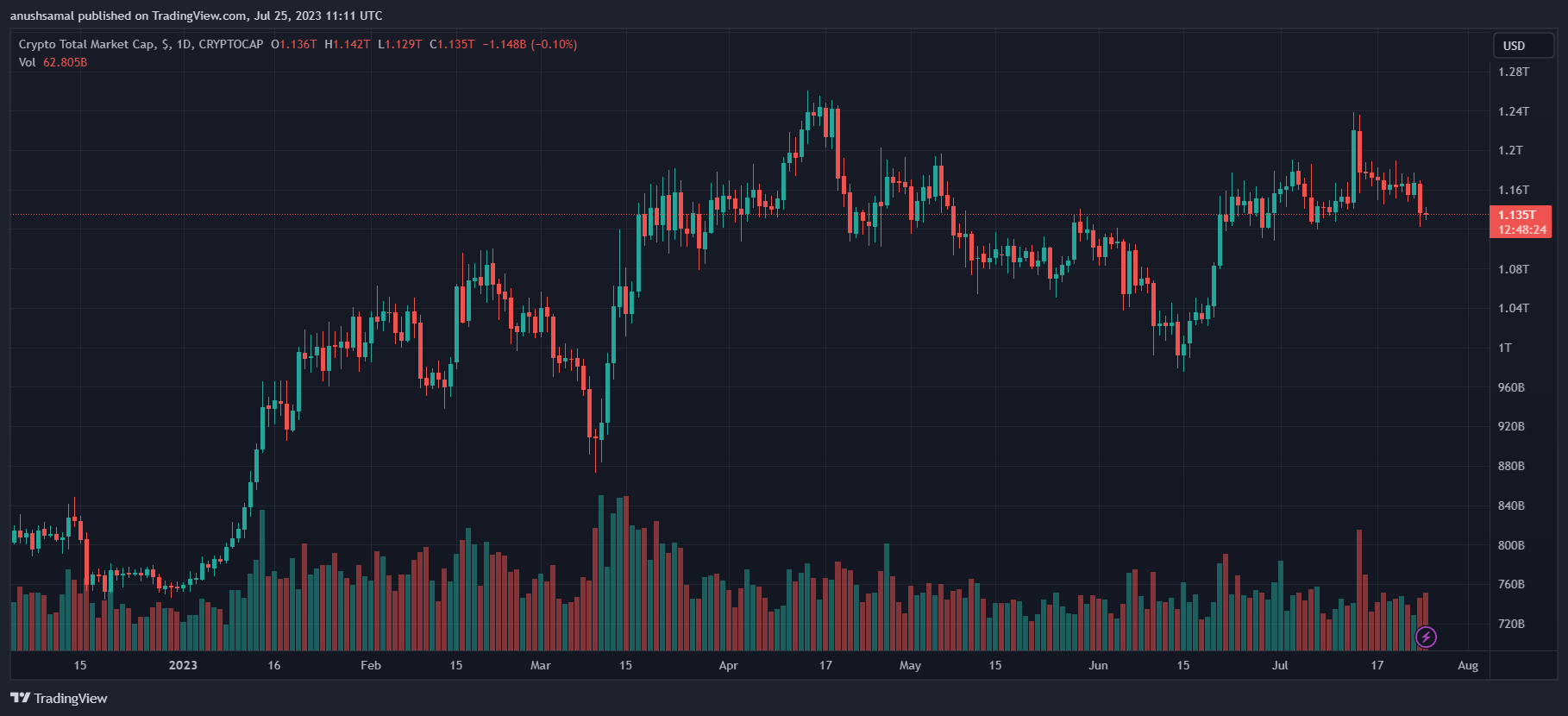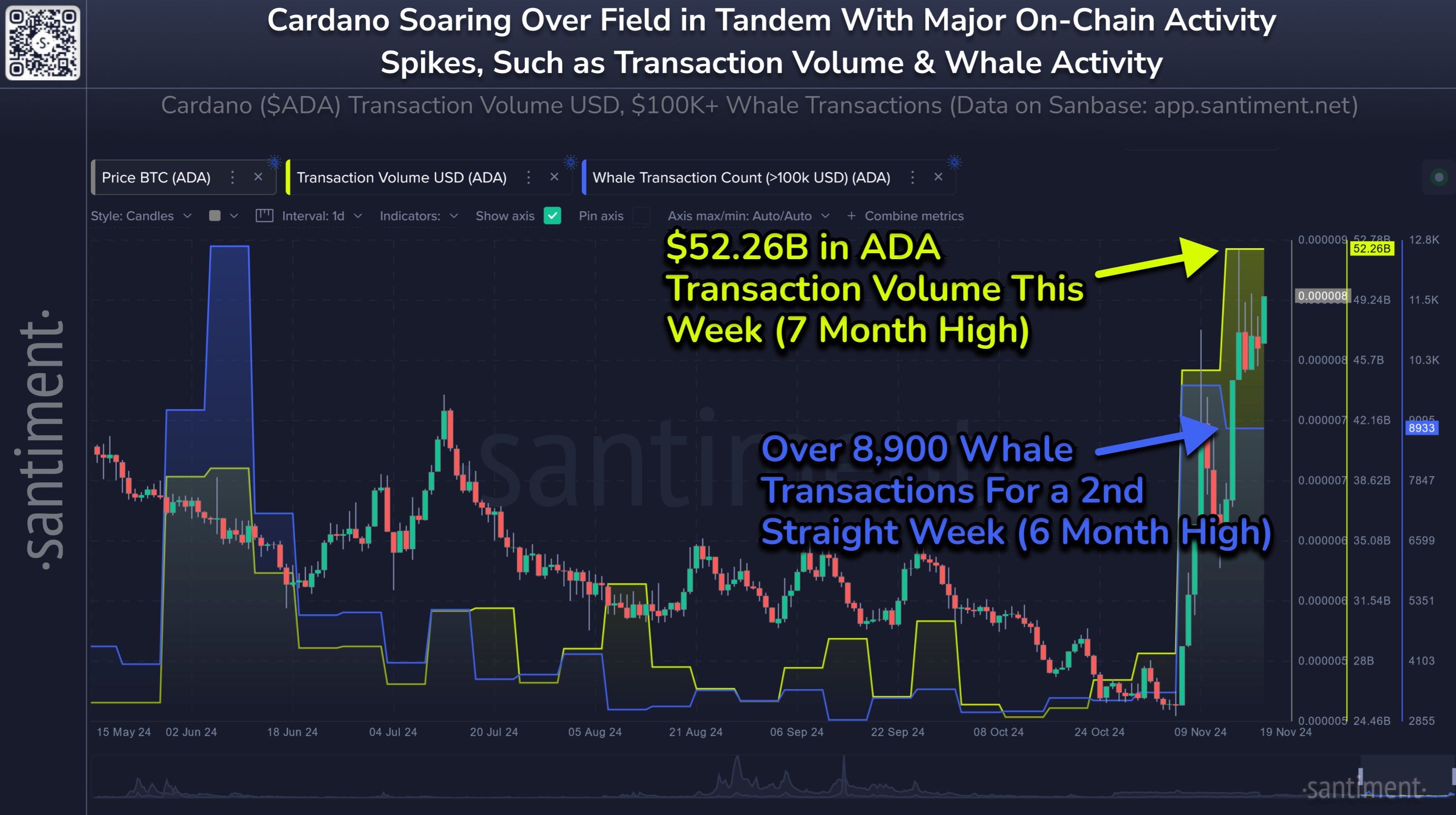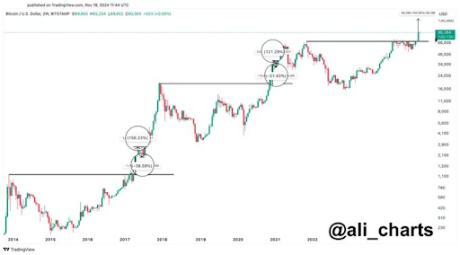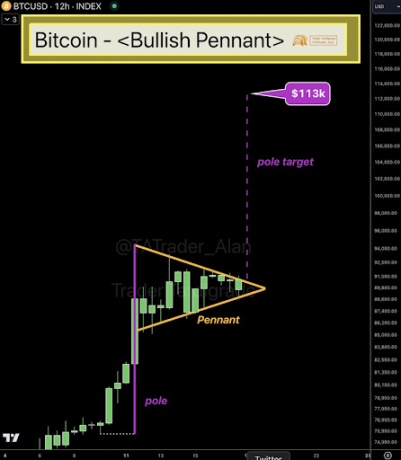The Latin American region faces high costs and challenges of traditional settlements, as people sending money to their close ones have to deal with high rates of transfer, and a portion of the population still remains unbanked.
However, in a recent development, the Bahamas payment company, Island Pay, is now incorporating cryptocurrency for remittance transactions to make it a smoother and cheaper process.
Island Pay is set to introduce crypto wallets that utilize the stablecoin USDC as the medium of exchange. The payment firm plans to roll out the CiNKO wallet in more than 30 countries.
The wallet which caters to users in the Caribbean and LATAM regions will enable individuals to conduct transactions with vendors, make payments to others (including those without bank accounts), and fund pre-paid cards.
Island Pay CEO Richard Douglas stated:
Related Reading: Will Bitcoin Rebound? This Metric May Be The One To Watch
By integrating crypto for remittance, Island Pay demonstrates its commitment to fostering financial inclusion and enriching monetary experiences for both banked and unbanked individuals in the region.
The incorporation of this technology will lead to significant reductions in international money transfer fees. When receiving USDC stablecoins on CiNKO, users will not be charged. They may, however, encounter gas fees, depending on the blockchain network used for the transaction.
The demand for crypto transactions has surged due to the existing challenges in conventional remittance methods. According to the World Bank, the average cost of sending $200 can be as high as 6.2%. Additionally, these transactions often take several days to process through traditional financial intermediaries.
As pointed out in Circle’s recent report, the technology has the potential to slash the cost of sending money abroad by a substantial 80%. This report predicts that Blockchain’s capacity to enhance cost savings for financial institutions engaged in cross-border transactions will reach a market cap of $10 billion by the year 2030.
Even before this, the Bahamas boasted a well-established presence in the fintech sector, with various global payment platforms and crypto wallets operating in the region.
Rifos disclosed that the remittance and payments sectors are currently the fastest-growing fintech segments in LATAM. The surge in smartphone adoption and connectivity has also played a crucial role in fostering innovation and advancements in these areas.
Despite the high fees with traditional channels, remittances to Latin America and the Caribbean witnessed remarkable growth. There has been a 27% increase in 2021 and an 11% increase in 2022, with a total of $145 billion in 2017.
The region’s GDP is expected to slow down to 3.3% this year, but remittances are expected to reach an all-time high.

However, in a recent development, the Bahamas payment company, Island Pay, is now incorporating cryptocurrency for remittance transactions to make it a smoother and cheaper process.
Island Pay is set to introduce crypto wallets that utilize the stablecoin USDC as the medium of exchange. The payment firm plans to roll out the CiNKO wallet in more than 30 countries.
The wallet which caters to users in the Caribbean and LATAM regions will enable individuals to conduct transactions with vendors, make payments to others (including those without bank accounts), and fund pre-paid cards.
Island Pay CEO Richard Douglas stated:
Our goal is to continuously look for ways to advance financial inclusion in the region and enhance financial experiences for both the unbanked and banked populations.
Related Reading: Will Bitcoin Rebound? This Metric May Be The One To Watch
Crypto Revolutionizes Remittance Landscape, Advancing Financial Inclusion
By integrating crypto for remittance, Island Pay demonstrates its commitment to fostering financial inclusion and enriching monetary experiences for both banked and unbanked individuals in the region.
The incorporation of this technology will lead to significant reductions in international money transfer fees. When receiving USDC stablecoins on CiNKO, users will not be charged. They may, however, encounter gas fees, depending on the blockchain network used for the transaction.
The demand for crypto transactions has surged due to the existing challenges in conventional remittance methods. According to the World Bank, the average cost of sending $200 can be as high as 6.2%. Additionally, these transactions often take several days to process through traditional financial intermediaries.
As pointed out in Circle’s recent report, the technology has the potential to slash the cost of sending money abroad by a substantial 80%. This report predicts that Blockchain’s capacity to enhance cost savings for financial institutions engaged in cross-border transactions will reach a market cap of $10 billion by the year 2030.
Even before this, the Bahamas boasted a well-established presence in the fintech sector, with various global payment platforms and crypto wallets operating in the region.
Rifos disclosed that the remittance and payments sectors are currently the fastest-growing fintech segments in LATAM. The surge in smartphone adoption and connectivity has also played a crucial role in fostering innovation and advancements in these areas.
Despite the high fees with traditional channels, remittances to Latin America and the Caribbean witnessed remarkable growth. There has been a 27% increase in 2021 and an 11% increase in 2022, with a total of $145 billion in 2017.
The region’s GDP is expected to slow down to 3.3% this year, but remittances are expected to reach an all-time high.






